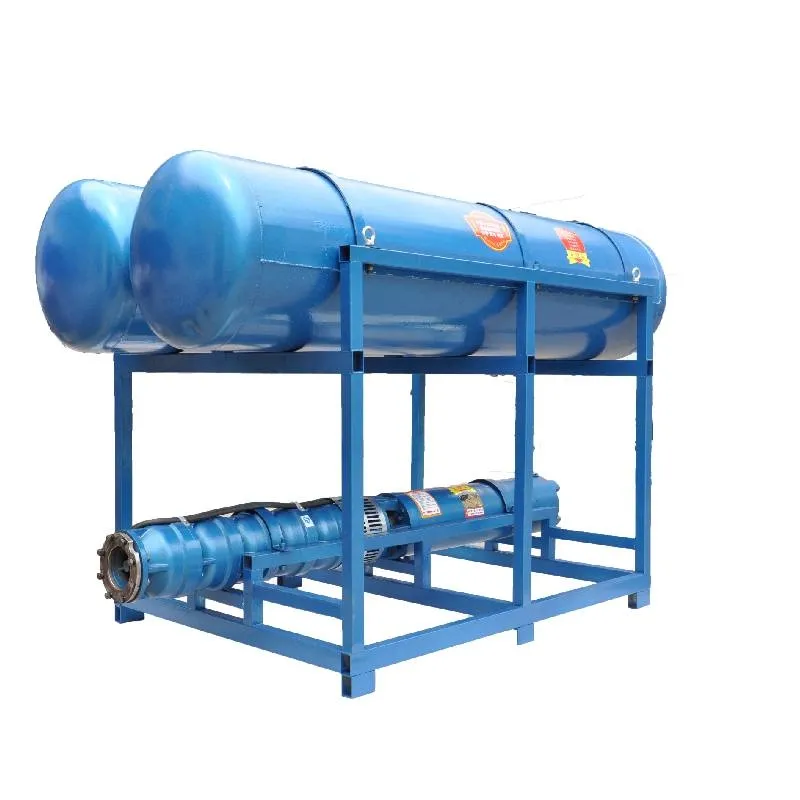Aug . 04, 2024 02:15 Back to list
Energy-efficient submersible oil pump solutions for improved performance and reduced operational costs in the industry
Submersible Oil Pumps An Essential Component in the Oil Industry
Submersible oil pumps play a crucial role in the extraction and transportation of oil from underground reservoirs to the surface. These sophisticated devices are designed to operate underwater, making them particularly effective in situations where traditional pumps may not be viable. The rising demand for oil and gas due to global energy needs underscores the importance of efficient extraction methods, and submersible oil pumps emerge as a reliable solution.
How Submersible Oil Pumps Work
A submersible oil pump consists of a hermetically sealed motor and a pump body that is submerged in the fluid being pumped. The pump operates by converting rotational energy into hydraulic energy, effectively moving oil from the wellbore to the surface. The deployment of electric submersible pumps (ESPs) has revolutionized oil extraction. These pumps are attached to a string of production tubing and can be several thousand feet underwater.
The working principle of submersible pumps involves the use of multiple impellers, which increase the pressure of the oil as it is pushed upwards. This design allows them to lift oil from significant depths, making them suitable for both offshore and onshore applications. Additionally, submersible pumps are often equipped with sensors and control systems that monitor performance, allowing for real-time data collection and efficiency optimization.
Advantages of Submersible Oil Pumps
1. Efficiency Submersible pumps are known for their energy efficiency. By operating underwater, they eliminate the need for a surface pump and its associated mechanical components, which can lead to substantial energy savings.
2. Depth Capability These pumps can operate in deep wells where traditional surface pumps would struggle to function effectively. Their ability to lift fluids from great depths expands the range of recoverable oil reserves.
submersible oil pump

4. Reliability and Durability Designed to withstand harsh underwater conditions, submersible pumps are built to last. Their robust construction minimizes maintenance and repair needs, enhancing overall operational efficiency.
5. Versatility Submersible oil pumps can be used in a variety of applications, from conventional oil fields to unconventional resources such as shale and heavy oil, adapting to the specific needs of the extraction process.
Challenges and Considerations
Despite their advantages, submersible oil pumps do face challenges. One major concern is the risk of pump failure due to environmental conditions or mechanical issues, which can lead to costly downtime. Regular maintenance and monitoring are essential to ensure optimal performance. Additionally, the initial setup costs can be high, requiring a significant upfront investment that may deter some operators.
Conclusion
In conclusion, submersible oil pumps represent a significant technological advancement in the oil and gas industry. Their efficiency, depth capabilities, and reduced environmental footprint make them indispensable for modern oil extraction operations. As the global energy landscape continues to evolve, the importance of reliable and innovative extraction methods will only grow. Submersible oil pumps are poised to play a vital role in meeting the world’s energy demands, ensuring that oil production remains both efficient and sustainable. As technology advances, we can expect even greater improvements in pump design and functionality, further solidifying their place in the industry.
-
Submersible Water Pump: The Efficient 'Power Pioneer' of the Underwater World
NewsJul.01,2025
-
Submersible Pond Pump: The Hidden Guardian of Water Landscape Ecology
NewsJul.01,2025
-
Stainless Well Pump: A Reliable and Durable Pumping Main Force
NewsJul.01,2025
-
Stainless Steel Submersible Pump: An Efficient and Versatile Tool for Underwater Operations
NewsJul.01,2025
-
Deep Well Submersible Pump: An Efficient 'Sucker' of Groundwater Sources
NewsJul.01,2025
-
Deep Water Well Pump: An Efficient 'Sucker' of Groundwater Sources
NewsJul.01,2025
-
 Submersible Water Pump: The Efficient 'Power Pioneer' of the Underwater WorldIn the field of hydraulic equipment, the Submersible Water Pump has become the core equipment for underwater operations and water resource transportation due to its unique design and excellent performance.Detail
Submersible Water Pump: The Efficient 'Power Pioneer' of the Underwater WorldIn the field of hydraulic equipment, the Submersible Water Pump has become the core equipment for underwater operations and water resource transportation due to its unique design and excellent performance.Detail -
 Submersible Pond Pump: The Hidden Guardian of Water Landscape EcologyIn courtyard landscapes, ecological ponds, and even small-scale water conservancy projects, there is a silent yet indispensable equipment - the Submersible Pond Pump.Detail
Submersible Pond Pump: The Hidden Guardian of Water Landscape EcologyIn courtyard landscapes, ecological ponds, and even small-scale water conservancy projects, there is a silent yet indispensable equipment - the Submersible Pond Pump.Detail -
 Stainless Well Pump: A Reliable and Durable Pumping Main ForceIn the field of water resource transportation, Stainless Well Pump has become the core equipment for various pumping scenarios with its excellent performance and reliable quality.Detail
Stainless Well Pump: A Reliable and Durable Pumping Main ForceIn the field of water resource transportation, Stainless Well Pump has become the core equipment for various pumping scenarios with its excellent performance and reliable quality.Detail
